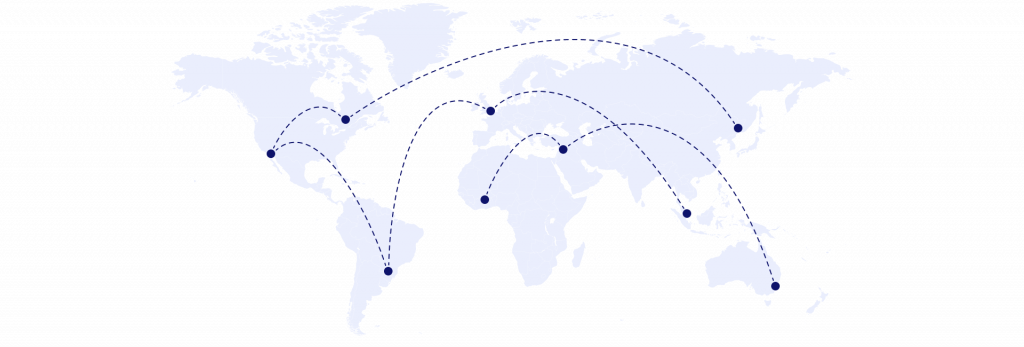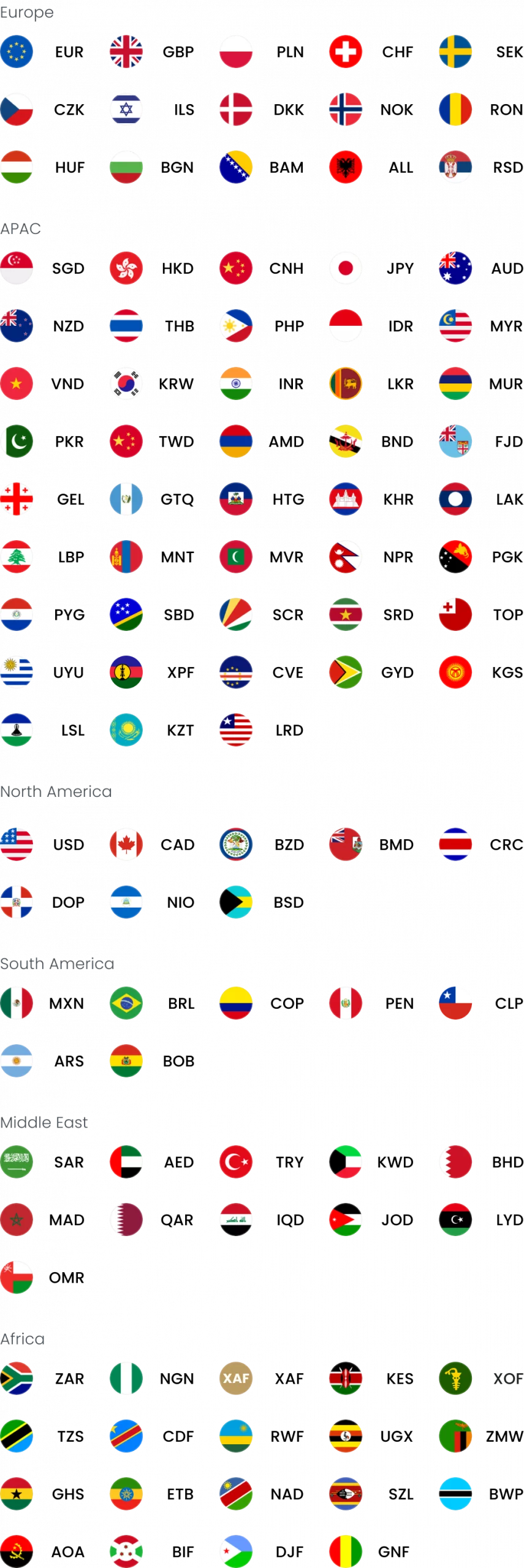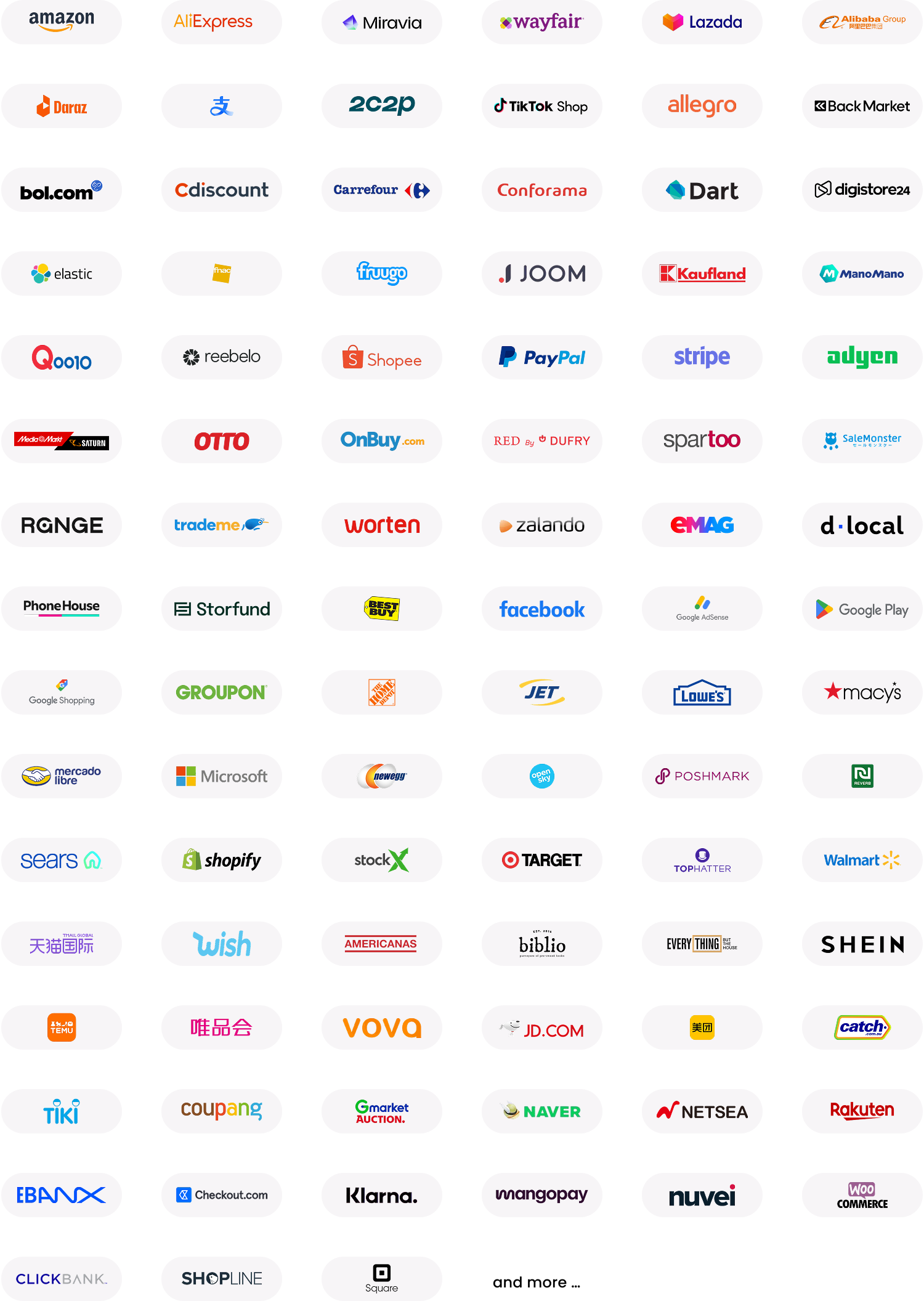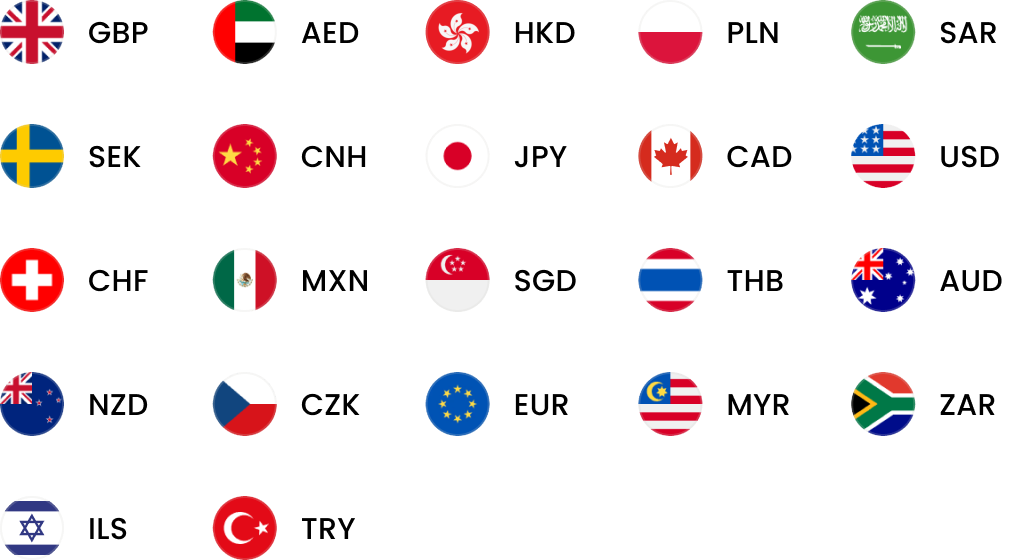What recovery from the pandemic means for international online sellers
The COVID-19 pandemic gave e-commerce a big boost. So, where do online retailers stand now? Read on to find out how the global recovery could impact marketplace sellers.

What will the new normal look like for online retailers? With so much speculation around the global recovery after the Covid-19 crisis, we thought we’d focus on e-commerce businesses and how they could be impacted in the coming years. How will post-pandemic societal and economic forces reshape the business environment, and how can small business owners stay one step ahead of the competition?
We’ll summarise the good and the bad news below. We’ll also forecast what might happen in 2022 and beyond, and we’ll share tips that could help you protect your business throughout.
The good news about global recovery
Economies recover and supply chains stabilise
As vaccination programmes steadily immunise people around the globe, we’re beginning to see the first recovery indicators emerge. Recent economic predictions published by the World Bank estimate a 5.6% growth in the global economy throughout 2021 — the best post-recession growth figures in 80 years.
Primarily, e-commerce businesses stand to gain as consumer spending returns to near-normal levels. With economic growth being led by more advanced economies, spending on goods and services will be driven by consumers who have the most disposable income available.
E-commerce businesses can also expect their supply chains to stabilise. As workforces are vaccinated and protected, suppliers will likely abandon most social distancing measures, eliminating stresses and lags across the manufacturing and delivery processes. On a practical level, e-commerce businesses can expect to see production capacities increase and product landing times decrease. Demand for goods and services will probably increase at the same time.
E-commerce emerges more established than ever
E-commerce has enjoyed the majority of consumer focus throughout 2020, with both sales and share prices in many online retailers sharply increasing. Going into 2022, e-commerce businesses can expect consumer habits to remain the same; though safety may be less of a concern, the convenience of online shopping remains constant.
Going forward, online retailers should use a variety of marketing techniques to highlight the benefits of e-commerce to consumers.
The bad news about global recovery
Marginal tax increases to fund recovery programmes
At the end of the 2020/21 financial year, debt to GDP figures within the UK crept past the 100% threshold as the government continued making furlough and investment payments. Consequently, tax increases could occur throughout the 2020s as the government tries to recoup its spending.
According to the existing budget framework, more profitable businesses are likely to see tax increases. Corporation tax is set to increase to 25% from 2023, but this change will only impact about 30% of smaller UK limited companies. From fiscal year 2023 onwards, companies with profits over £50,000 will be taxed progressively, so if you run a more successful SME, your HMRC bill could increase.
Though some taxes are frozen until as late as 2026, the challenges created by the current debt to GDP ratio may mean that higher taxes are announced in future budgets as the UK economy recovers.
Labour shortages and wage increases
Though unemployment figures have increased to 4.8% since the start of the pandemic, some sectors are seeing a surprising rise in labour shortages. Semi-skilled industries such as hospitality, haulage and warehouse work have experienced the most acute difficulties.
Unfortunately, e-commerce businesses could be impacted by these shortages in the short-to-mid term as workers seek higher wages than those traditionally offered. Online retailers working with fulfilment centres or hiring directly across the UK could see their costs rise to make up the difference needed to attract talent. It’s critical, therefore, that businesses seek other ways to lower their expenses.
- Open 20+ local currency accounts and get paid like a local
- Pay suppliers, partners and staff worldwide in 100+ currencies
- Collect payments for free from 130+ marketplaces and payment gateways, including Amazon, Etsy, PayPal and Shopify
- Save with competitive exchange rates on currency conversions and transfers
- Lock in exchange rates for up to 24 months for cash flow certainty
What could happen during global recovery
Nations diversify their manufacturing resources
Supply chain vulnerabilities demonstrated during the pandemic may prompt governments to increase manufacturing capacities within their own borders. This may mean that e-commerce businesses see an increase in their options for future suppliers, and that they notice decreases in manufacturing times as supply chains diversify.
At this point, there is a substantial appetite to pair the global recovery effort with green policies to tackle the demands of climate change. E-commerce businesses could begin to receive incentives if they change suppliers in favour of localised manufacturers because of the carbon emissions produced by international shipping.
Marketplace sellers that want to maintain ties with manufacturers in Southeast Asia have eco-friendly options, too. Carriers like the Evergreen Line, for instance, operate energy-efficient ships that use far less fuel and produce far lower emissions than other cargo vessels. Sustainable shipping may become much more common in the future as resellers in the West continue to trade with suppliers in the Far East.
Sustained low-interest rates from the Bank of England
As the UK government tries to re-establish and rebuild growth, many economists expect the Bank of England to offer low interest rates to banks.
Online retailers and other small-to-medium-sized businesses arguably stand to gain the most from this, as it’ll mean that they can access extremely favourable business loan rates. Small- and medium-sized businesses should aim to take advantage of these interest rates while they can weather the pressures and meet the challenges of the factors outlined above.
Exchange rates fluctuate as emerging markets bloom
Throughout this globally integrated recovery — into the next 10-15 years, in fact — as much as 90% of the economic growth will probably take place in emerging markets outside the EU.
Even the smallest UK businesses, therefore, should prepare to make foreign currency exchanges as the business world becomes ever-more integrated. Unfortunately, many small businesses face expensive per-transaction fees and experience slow transfers via traditional methods.
You can save money on international transactions and enjoy fast transfers with WorldFirst. WorldFirst offers flexible transfer solutions for small businesses and has transferred over £87 billion since 2004.
Join over 240,000 other small businesses using WorldFirst for their money transfers and grow your firm internationally with the global recovery.

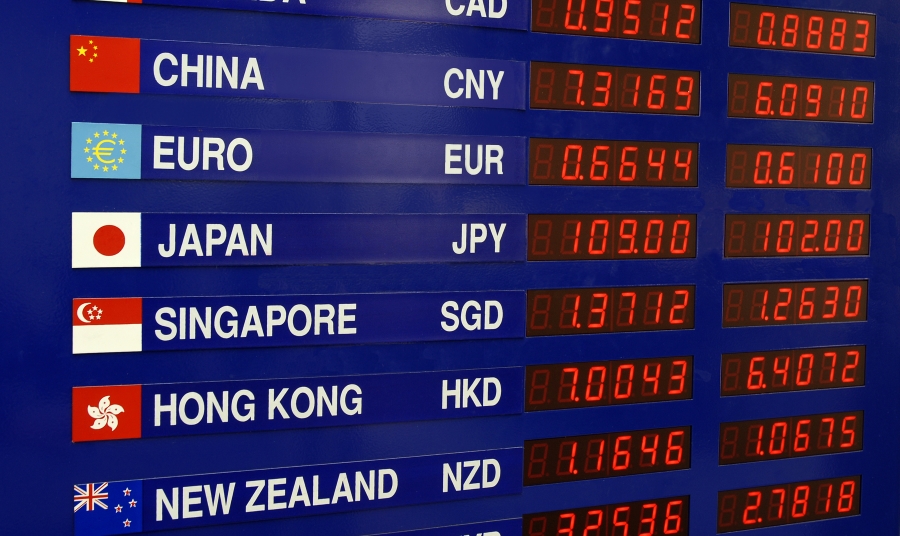
Managing foreign exchange risks
Foreign exchange risk management is vital to e-commerce brands. This article offers tips to help with foreign exchange risk.
Dec / 2024
We’re taking the fight to financial crime
Find out how our team tackles financial crime and what businesses can do if they think they’ve fallen victims.
Dec / 2024
Receiving foreign currency payments in local currency
Learn about the pros and cons of local currency payments.
Dec / 2024WorldFirst articles cover strategies to mitigate risk, the latest FX insights, steps towards global expansion and key industry trends. Choose a category, product or service below to find out more.
- Almost 1,000,000 businesses have sent USD$300B around the world with WorldFirst and its partner brands since 2004
- Your money is safeguarded with leading financial institutions
